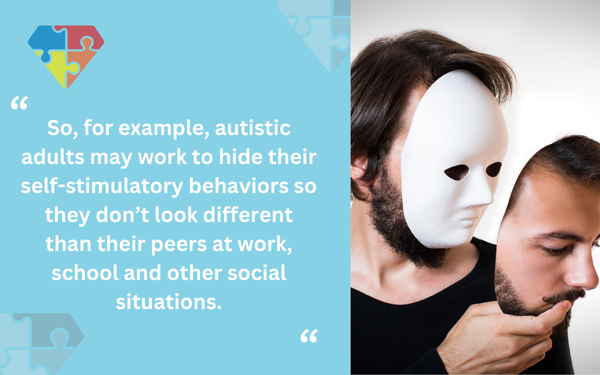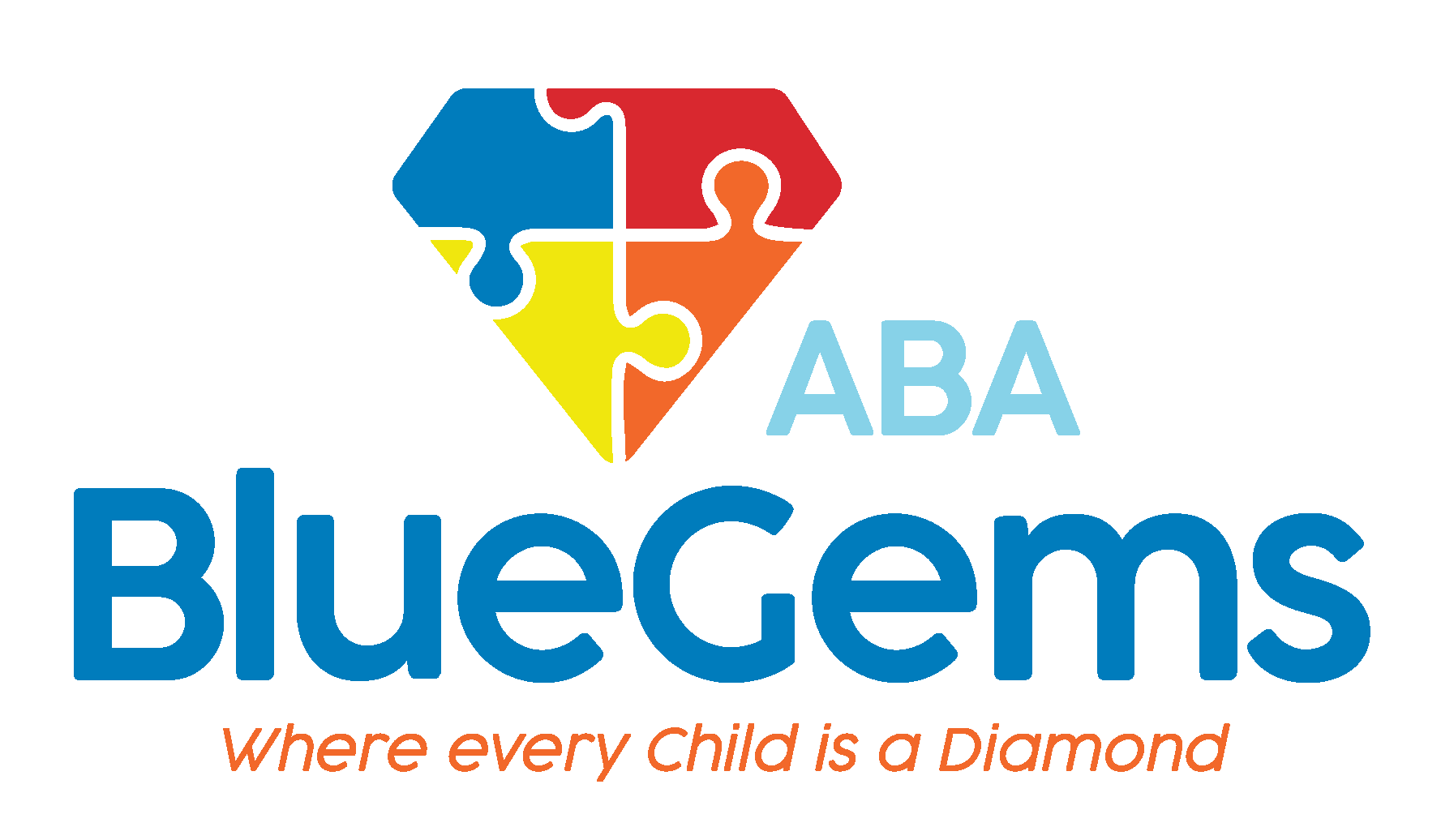How Autistic Adults Describe Masking and Unmasking
It is common for people with autism spectrum disorder (ASD) to hide their symptoms as best as they can from others. This practice is called masking, and it’s a way not only to hide autism symptoms but to also cope with them.
Some individuals with autism mask their symptoms so they’ll fit in with their peers. Some do it because they want to mimic how other people they see act.
Some mask because it makes them feel more “normal.” Some do it because there’s still a stigma surrounding ASD that can stand in the way of acceptance and opportunities.
Below, we dive deeper into masking as well as unmasking, and how autistic adults describe both.
Key Takeaways
- Masking is a coping mechanism where autistic individuals hide traits to blend in or avoid judgment.
- Common masking behaviors include faking eye contact, suppressing stims, and mimicking others.
- Unmasking is the process of embracing one’s true autistic identity and rejecting societal pressures to conform.
- Unmasking can improve mental health, reduce anxiety, and foster self-acceptance.
- ABA therapy helps support unmasking by building confidence, social skills, and emotional resilience.
Table Of Contents
What is Masking?
Devon Price, a social psychologist who wrote the book Unmasking Autism: Discovering the New Faces of Neurodiversity, has explained that there are two main forms of masking in individuals with autism.
The first is camouflage and involves behaviors such as faking smiles and even eye contact by focusing on the middle of another person’s forehead.
The second is compensation. Price, who is transgender and on the autism spectrum, says he schedules fake meetings on his own calendar so he has sufficient time to recharge his batteries.
Some studies that have been conducted about masking have revealed that masking is often “related to outside perceptions of difference and stigma.”
So, for example, autistic adults may work to hide their self-stimulatory behaviors so they don’t look different than their peers at work, school and other social situations.

While masking can help individuals with autism cope with their feelings, there are also downfalls to it.
Children who mask their symptoms, for example, may go undiagnosed or they may be misdiagnosed with something else. This can lead to them not receiving the proper therapeutic interventions, such as applied behavior analysis (ABA therapy).
Masking can also lead to a suppression of feelings and cause individuals to never really feel comfortable in their own skin. This can lead to them feeling anxious, overwhelmed and depressed.
For many, the root cause of masking is shame — that they feel like they are flawed or broken. That can have dangerous consequences, too, such as self-harm, eating disorders and substance abuse issues.
| Aspect | Masking | Unmasking |
|---|---|---|
| Definition | Hiding or suppressing autism traits to blend in or cope. | Embracing and expressing autistic identity openly. |
| Motivation | Desire to fit in, avoid stigma, or mimic neurotypical behavior. | Desire for authenticity, self-acceptance, and freedom. |
| Examples | Faking eye contact, suppressing stimming, forced small talk. | Allowing sensory breaks, speaking naturally, saying “no” more. |
| Emotional Impact | Leads to burnout, anxiety, depression, and feelings of shame. | Brings relief, empowerment, confidence, and clarity. |
| Challenges | Social expectations, fear of rejection or not being understood. | Unlearning shame, redefining identity, facing stigma. |
| Role of ABA Therapy | May help identify the need for masking, especially in children. | Builds skills, confidence, and autonomy to support unmasking. |
What is Unmasking?
Unmasking is the process of no longer hiding autism symptoms and accepting who you are. This is certainly not a simple nor easy thing to do, but it’s one that autistic adults who’ve done it describe as freeing in a way.
Dr. Megan Neff, a neurodivergent psychologist, parent and educator, described unmasking as an enlightenment.
Dr. Neff explains that a large part of unmasking for her was like stopping “being at war with my body.” When she learned to stop fighting her body, she was able to start attending to her desires, wants and needs.
She began to attend to the sensory world around her. She didn’t apologize anymore for needing to remove herself from others for sensory breaks, for instance.
She also says she’s let go of fears around speaking in ways that were unnatural for her, doesn’t force eye contact, doesn’t make small talk if she doesn’t feel like it, says “no” more often and isn’t always looking to please others.
Unmasking looks differently to different people, just as masking does. But, it is a process that involves letting go of the fears, anxieties and worries that often come with feeling different from others.
How ABA Therapy Can Help Individuals Unmask
A big part of unmasking is “unlearning shame,” as Price says. Another major aspect is building confidence in yourself so you can do so.
This is one way in which applied behavior analysis (ABA therapy) can play a major role.
ABA therapy is considered the gold standard treatment for individuals with autism. It helps patients build social, communication and daily life skills, while also helping them modify certain behaviors that may be negative and/or harmful.
Therapy teams approach the interventions from a positive standpoint. They embrace autistic individuals for who they are and meet them where they are so that they can provide the proper support.
Through targeted interventions that are catered specifically to each individual patient’s unique strengths, challenges, needs and preferences, ABA therapy helps patients gain confidence in everything they do.
In turn, this helps them unmask and live more freely and independently.
Blue Gems ABA Supports Individuals on the Autism Spectrum
Masking is common for individuals on the autism spectrum. Driven by shame, a desire to fit in or other factors, they hide their symptoms by suppressing their feelings and behaviors.
At Blue Gems ABA, our team of experienced therapists can help individuals with autism learn to unmask so they can live more freely and without worry. We do this by administering ABA therapy to teach them new skills and how to modify behaviors in productive ways.
To learn more, please contact us today.
Frequently Asked Questions (FAQs)
- What is masking in autism?
It refers to suppressing or hiding autistic traits to blend in with others or meet social expectations. - Why do autistic people mask?
They may do it to avoid judgment, gain acceptance, or because they’ve internalized shame about their differences. - What is unmasking?
Unmasking involves letting go of the need to hide autism traits and embracing one’s authentic self. - Is unmasking always a positive experience?
While it can be freeing, unmasking can also be emotionally complex and requires support and understanding. - How can ABA therapy support unmasking?
By providing tools for communication, emotional regulation, and confidence-building tailored to each individual.




